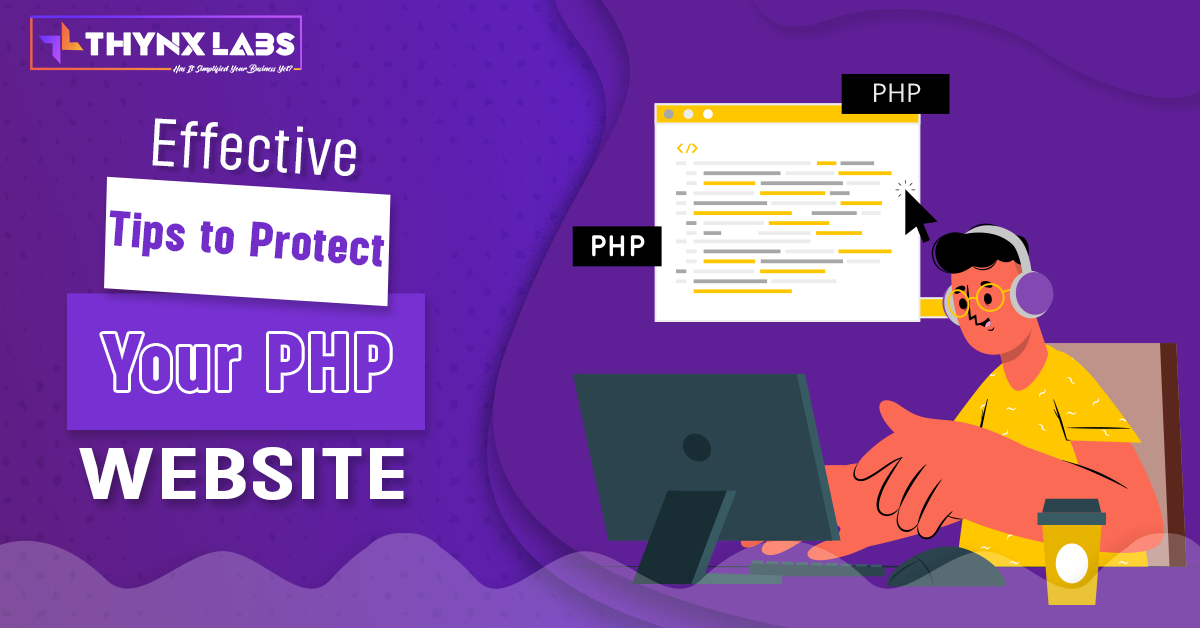Mastering Audience Research and Analysis for SEO
Mastering Audience Research and Analysis for SEO: 7 Essential Tips
Understanding your audience is crucial for developing an effective SEO strategy that resonates with your target market. By conducting thorough audience research and analysis, you can uncover valuable insights that inform your content creation, keyword targeting, and overall digital marketing efforts. Here are seven essential tips to help you master audience research and analysis for SEO:
1. Define Your Target Audience
Start by clearly defining your target audience based on demographics, interests, behaviors, and preferences. Consider factors such as age, gender, location, income level, education, and psychographics. Understanding who your audience is will help you tailor your SEO strategy to meet their needs and preferences effectively.
2. Use Audience Insights Tools
Utilize audience insights tools such as Google Analytics, Google Trends, and social media analytics to gather data about your audience's online behavior and preferences. These tools provide valuable information about your audience's interests, search queries, browsing habits, and engagement with your website and content.
3. Analyze Competitor Audiences
Study your competitors' audiences to gain insights into their target demographics, content preferences, and engagement strategies. Analyze their website traffic, social media presence, and content performance to identify opportunities and gaps in the market. Use this information to refine your own audience targeting and content strategy.
4. Conduct Keyword Research
Perform keyword research to identify the search terms and phrases your target audience is using to find information related to your products or services. Use keyword research tools like Google Keyword Planner, SEMrush, and Ahrefs to discover relevant keywords with high search volumes and low competition. Incorporate these keywords strategically into your website content to improve search engine visibility.
5. Create Buyer Personas
Develop detailed buyer personas representing your ideal customers based on demographic and psychographic data. These personas help humanize your target audience and provide valuable insights into their needs, pain points, motivations, and purchase behavior. Use buyer personas to tailor your content, messaging, and marketing strategies to specific audience segments.
6. Monitor Social Media Conversations
Monitor social media platforms for conversations, comments, and feedback related to your industry, products, or services. Pay attention to trending topics, hashtags, and discussions relevant to your target audience. Engage with your audience directly, address their questions and concerns, and gather insights to inform your SEO strategy.
7. Continuously Monitor and Adapt
Audience research and analysis is an ongoing process that requires regular monitoring and adaptation. Stay informed about changes in consumer behavior, market trends, and industry developments. Use analytics data, user feedback, and performance metrics to evaluate the effectiveness of your SEO efforts and make adjustments as needed to better serve your audience.
By following these seven essential tips, you can master audience research and analysis for SEO and develop a comprehensive understanding of your target audience. Use these insights to optimize your website content, improve search engine rankings, and drive more targeted traffic to your website.


